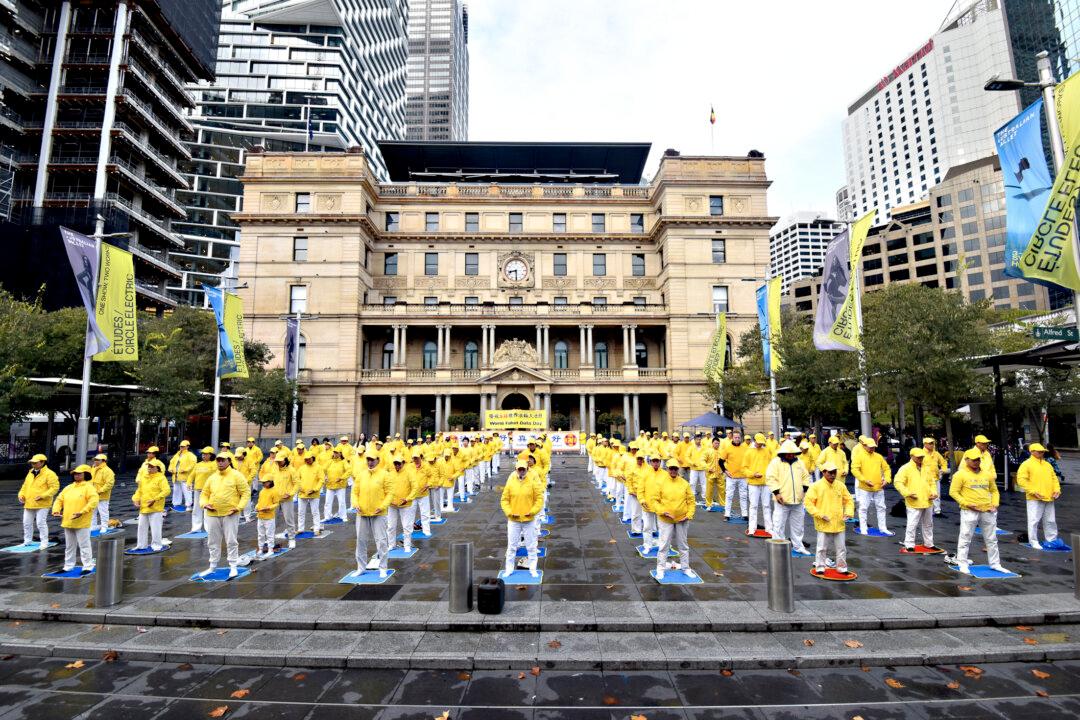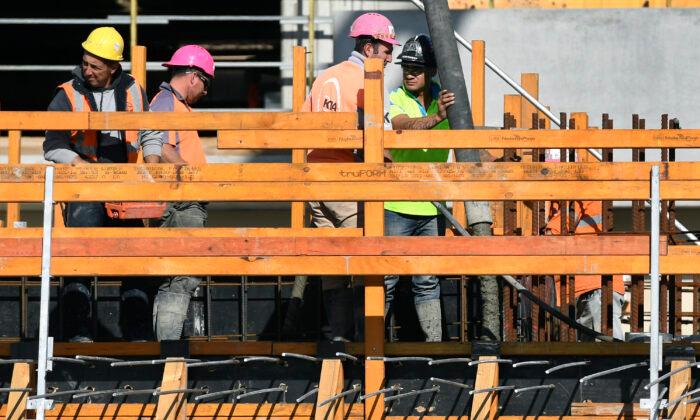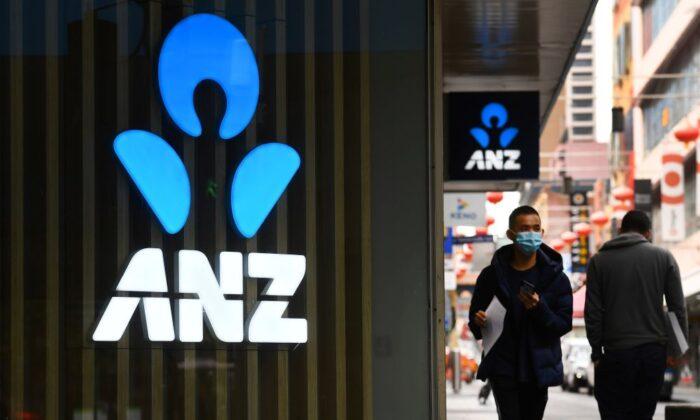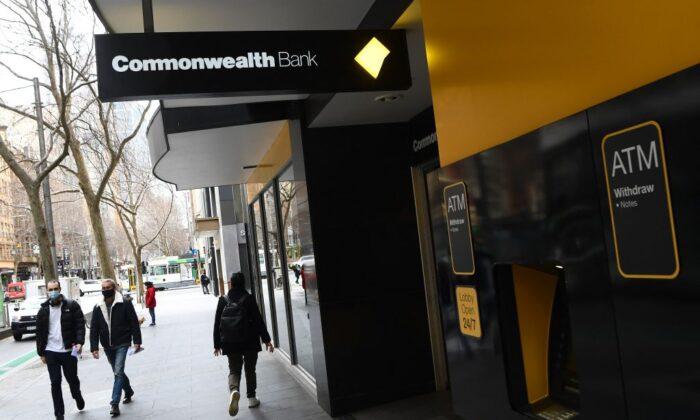The Australian federal government has announced two significant investments to boost the Australian Defence Force (ADF)’s capabilities in the lead-up to 2021: the expansion of its air force’s Poseidon aircraft fleet and an upgrade of the navy’s Collins-class submarine fleet.
The Poseidon is a highly versatile, long-endurance aircraft capable of conducting multiple tasks, including anti-submarine warfare, maritime and overland intelligence, surveillance and reconnaissance, as well as striking targets above and below the ocean’s surface. It is complemented with three MQ-4C Triton aircraft.
As part of the government’s $270 billion (US$208 billion) defence capability investment over the next decade, the additional aircraft will enhance Air Force’s flexibility to support multiple operations and play a key role in ensuring the security of Australia’s maritime region.
Reynolds also noted that the aircraft would be purchased through the existing Cooperative Program with the United States Navy and would benefit Australian small businesses.
$23.7 Million Upgrade to Submarine Fleet
A day prior day, the defence department announced that Thales Australia has been awarded two contracts worth $23.7 million (US$18.3 million) to upgrade the sonar system of the navy’s Collins class submarine fleet.The upgrade, which will complement broader improvements to sonar capability, include the installation of an Australian-designed and developed Mine and Obstacle Avoidance Sonar ( MOAS) and new high-frequency intercept array (HFIA) systems.
Both next-generation new systems will equip the submarines with better capabilities to detect physical obstacles as well as high-frequency noise, thus enhancing their operational effectiveness in hazardous shallow waters.
The latest investment is part of an ongoing program of upgrades to Australia’s six Collins-class submarines, which are expected to be in service until a new generation of vessels becomes available in the late 2030s.
National Security Strategy
The two announcements coincidence with Liberal Senator Jim Molan’s call for the federal government to come up with a national security strategy in preparation for conflict amidst its rapidly deteriorating relationship with China.Molan told the program that Beijing has been “priming for war for a long, long time.”
“They are threatening Taiwan every day of the week and interfering in Japanese airspace,” he said. “They have stolen the South China Sea, contrary to any international rules and laws. They are picking fights with their neighbours around the world.”
However, Reynolds downplayed his warning, insisting that Australia’s updated defence strategic plan has taken into consideration the new regional challenges.
Australia’s 2020 Defence Strategic Update and 2020 Force Structure Plan released in July includes an updated plan to manage the rising challenges and increase personnel across the force, which is matched with a $270 billion investment in the ADF’s capabilities and infrastructure over the next 10 years.
The plan also focuses on improving funding certainty and enhancing the ADF’s self-reliance, making sure it is able to “deter actions against our interests and, if required, respond with military force.”





